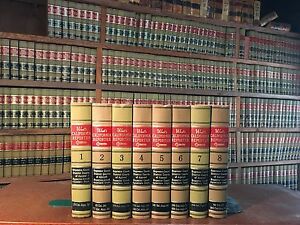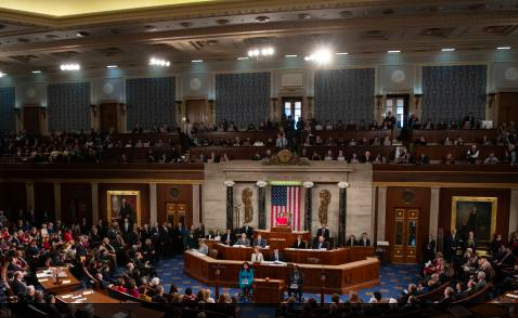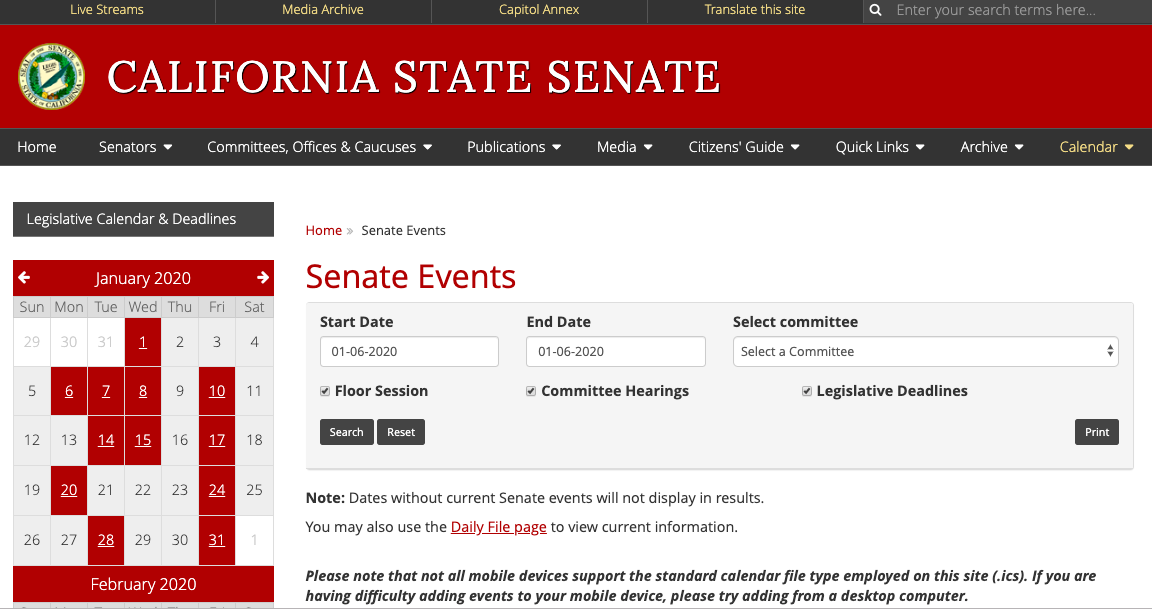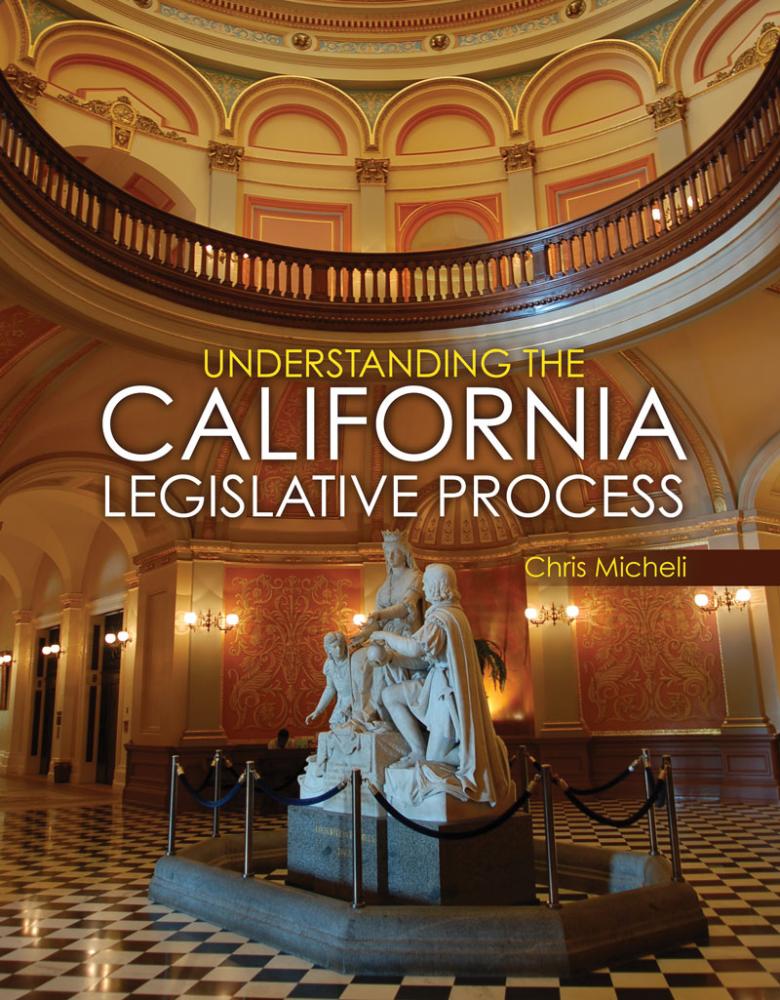
West's California Reporter. (ebay)
Some Differences in Drafting Types of Legislative Measures
Constitutional amendments can be proposed by the Legislature, require a 2/3 vote to be placed on the statewide ballot
By Chris Micheli, October 10, 2020 8:16 am
In California, there are three types of legislative measures: bills, resolutions and constitutional amendments. Each is drafted slightly differently and each has required language. The following provides examples of the required language for each type of measure.
Bills
Bills create statutes and begin with an “enacting clause” as follows:
THE PEOPLE OF THE STATE OF CALIFORNIA DO ENACT AS FOLLOWS:
Thereafter, the bill amends, adds or repeals statutory provisions in one or more of the 29 California codes, such as:
SECTION 1.
Section 12206 of the Revenue and Taxation Code is amended to read:
12206.
(a) (1) There shall be allowed as a credit against the “tax,” described by Section 12201, a state low-income housing tax credit in an amount equal to the amount determined in subdivision (c), computed in accordance with Section 42 of the Internal Revenue Code, relating to low-income housing credit, except as otherwise provided in this section.
Bills also contain “plus sections,” which are provisions following the proposed statutory language, such as an urgency clause, state-mandated local program, contingent enactment language, etc.
Resolutions
Resolutions come in three forms: joint, concurrent and house. Joint and concurrent resolutions require adoption of both the Assembly and Senate. Resolutions provide “whereas” clauses and conclude with “Resolved” clauses, such as:
WHEREAS, The Reverend Dr. Martin Luther King, Jr. devoted his life to fighting segregation and injustice by nonviolent means and is an outstanding example of courageous leadership in the face of unrelenting violence and harassment by individuals and governmental institutions; and
WHEREAS, The Reverend Dr. Martin Luther King, Jr. is a source of inspiration for all Americans; now, therefore, be it
Resolved by the Assembly of the State of California, the Senate thereof concurring, That the California Legislature recognizes the benefits of the collaborative work by many organizations that promote, facilitate, and carry out needed service projects nationwide; and be it further
Resolved, That the California Legislature encourages its members and colleagues to urge their constituents to participate in community service projects.
There is not an enacting clause, nor are there “plus sections,” for resolutions. It is simply the statements (“whereas clause”) and conclusion (“resolved clause”).
Constitutional Amendments
Constitutional amendments can be proposed by the Legislature, but require a 2/3 vote (but no gubernatorial action) in order to be placed on the statewide ballot for a vote by the electorate. Constitutional amendments have introductory language where the Legislature is proposing to the people an amendment to the state constitution and then the proposed language that would amend, add or repeal provisions of the constitution, such as:
Resolved by the Assembly, the Senate concurring, That the Legislature of the State of California at its 2019–20 Regular Session commencing on the second day of December 2019, two-thirds of the membership of each house concurring, hereby proposes to the people of the State of California, that the Constitution of the State be amended as follows:
That Article XXV is added thereto, to read:
Article XXV Right to Housing
SECTION 1.
The fundamental human right to housing is hereby declared to exist in this state. This right ensures access to adequate housing for all Californians. This right is exclusively enforceable by a public right of action. It is the shared obligation of state and local jurisdictions to respect, protect, and fulfill this right through progressively implemented measures, consistent with available resources, within an aggressive but reasonable time frame.
- Enforcement of Judgments in California - December 13, 2025
- General Provisions Related to Family Law Support - December 13, 2025
- Petitions for Forming Harbor Districts in California - December 12, 2025




